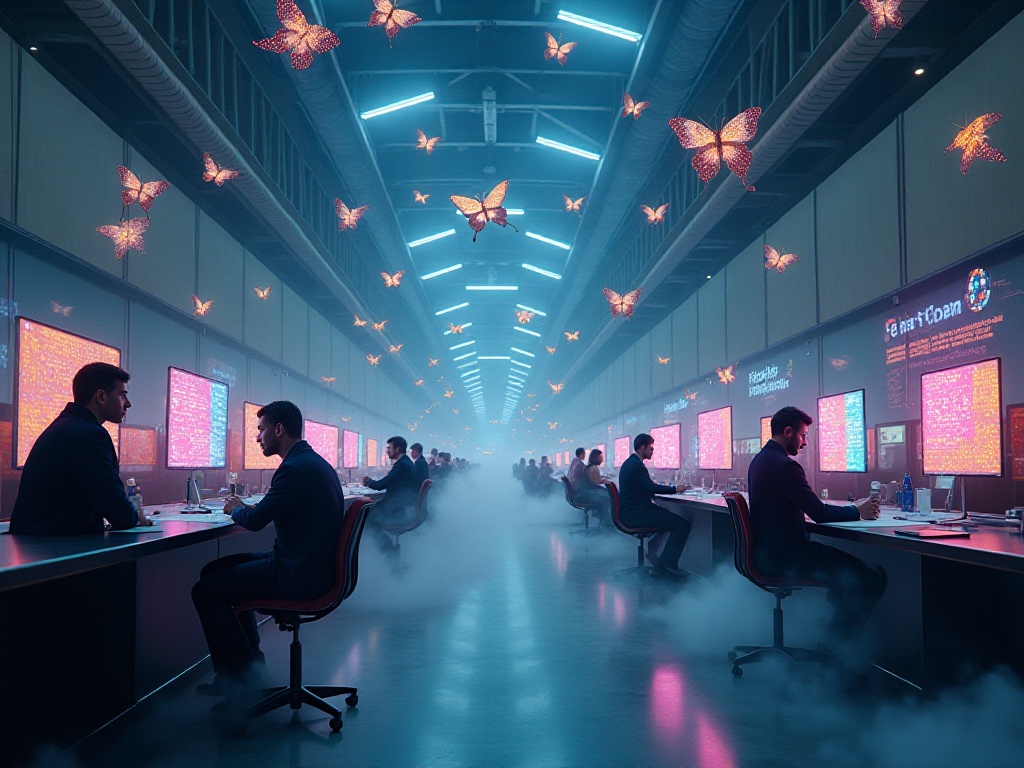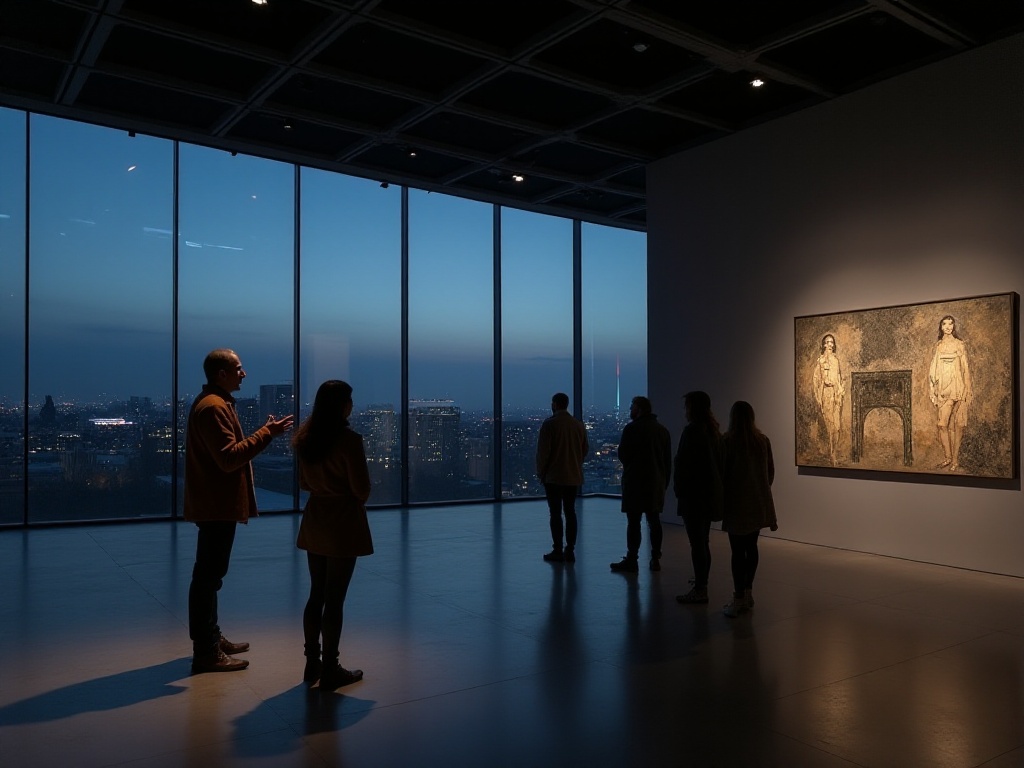
Origins
Have you ever felt lost in the Louvre, rushed through the British Museum, or been exhausted among the crowds at the Vatican Museums? As a travel blogger with over a decade of museum guide experience, I deeply understand these feelings. Today, let me share how to truly understand a museum and make every museum visit an unforgettable cultural feast.
Challenges
In summer 2019, I accompanied a collector friend to the Louvre. Despite thorough preparation and a long must-see list, we still encountered numerous issues: the galleries were too vast to find optimal routes; key exhibits were crowded with tourists, making it impossible to appreciate them properly; exhibit labels were lengthy and technical, leaving us confused. My friend finally remarked, "We should have hired a professional guide."
Such regrets are common. According to the 2023 Global Museum Visitor Survey, over 65% of visitors felt they "didn't get the ideal experience" when visiting world-class museums. The main reasons included: difficulty understanding exhibit information (78%), overcrowding (72%), and trouble locating key exhibits (68%).
Change
In recent years, with the evolution of cultural tourism, a new museum visit model has emerged - private customized small group tours. What makes this model special? Let's analyze it from several perspectives.
Features
First is the guide's expertise. Take Context Travel for example: their guides all hold master's degrees or higher in art history. During Louvre tours, they can not only explain the Mona Lisa's background but also provide in-depth analysis of composition, lighting, and technique. A visitor from China commented: "The guide transformed complex art history into understandable stories, making the tour both relaxing and rewarding."
Second is the intimacy of small groups. Data shows that compared to traditional bus tours with 40-50 people, private customized tours usually limit groups to 6-8 people. A 2023 survey indicated that 92% of museum visitors found small groups significantly enhanced their experience. At the British Museum, an 8-person group can thoroughly explore 15-20 key artifacts in 2 hours, while a 50-person group might need 3 hours to briefly view the same number of exhibits.
Third is customization depth. Museum Tours emphasizes avoiding "one-size-fits-all" itineraries. For instance, at the Egyptian Museum, they adjust schedules based on visitor interests, allocating more time for dynasty artifacts for history enthusiasts or optimal timing for photographers capturing Egyptian masks. Statistics show 85% of custom tour clients found these personalized arrangements "met or exceeded expectations."
Finally, there's cultural experience breadth. The Met's travel program extends beyond museum walls to surrounding cultural scenes. In Barcelona, besides visiting the Dalí Museum, they take visitors to Roman ruins to experience Catalonian artistic atmosphere. This "museum+" model has received excellent reviews, with 96% participant satisfaction.
Recommendations
Based on years of experience, here are some suggestions for those planning private museum tours:
Clarify needs beforehand. Do you want to focus on art from a specific period or get an overall understanding? Prefer detailed art history lectures or interesting historical stories? These preferences will affect tour customization.
Choose appropriate timing. Statistics show European and American major museums have fewer visitors Tuesday through Thursday between 10 AM and 2 PM. These times are recommended for better viewing experiences.
Allocate time wisely. A good custom museum tour typically spends 60-70% of time on key exhibits. For example, a 4-hour private Louvre tour usually dedicates 2.5-3 hours to masterpieces, with remaining time for other exhibits and venues.
Manage energy levels. Many don't realize museum visits are physically demanding. Walking through all British Museum galleries equals 6.7 kilometers. Consider half-day tours to allow time for rest and reflection.
Future
Museum private tours continue innovating with technological advances. In 2024, some museums began offering AR-enhanced guide services. Through special glasses, visitors can see 3D exhibit reconstructions and even "travel back" to creation periods. Predictions suggest over 40% of top museums worldwide will offer such tech-enhanced tours by 2025.
Another trend is online-offline integration. Virtual tours that emerged during the pandemic haven't disappeared. Instead, more museums now offer "online preview + on-site visit + online review" packages. Data shows this model improves learning effectiveness by 35% compared to purely physical visits.
Conclusion
Museums aren't just artifact repositories but windows to human civilization. Choosing an appropriate visit method helps us better open this window. While private custom small group tours aren't the only choice, they offer an excellent option.
Have you experienced a private museum tour? Or is there a museum you particularly want to visit? Please share your experiences and expectations in the comments. Let's discuss how to make every museum visit unique.
Next
Virtual Reality Tour of the Louvre Museum in Paris
In the heart of Paris, where the Seine gently flows and history whispers from every corner, stands the majestic Louvre Museum. For centuries, this architectural marvel has been a beacon of art and culture, drawing millions of visitors each year to marvel at its unparalleled collection. But what if you could step inside this treasure trove of human creativity without leaving your home? Welcome to the future of art appreciation: the virtual reality tour of the Louvre.
Encountering Art at the Louvre: An Art History Expert's Guide to the Museum's Top Three Treasures
Explores diverse museum tour experiences including professional guided visits, private group tours, virtual museum exploration, and customized itineraries, featuring art historian interpretations and curator-led tours for unique museum visiting experiences
Customized Museum Tours: In-depth Sharing and Practical Insights from a Professional Guide
A comprehensive guide to various museum tour experiences, including professional guided visits, customized museum journeys, curator-led themed tours, and virtual museum exhibitions, offering art and culture enthusiasts diverse ways to explore world-renowned museums
Next
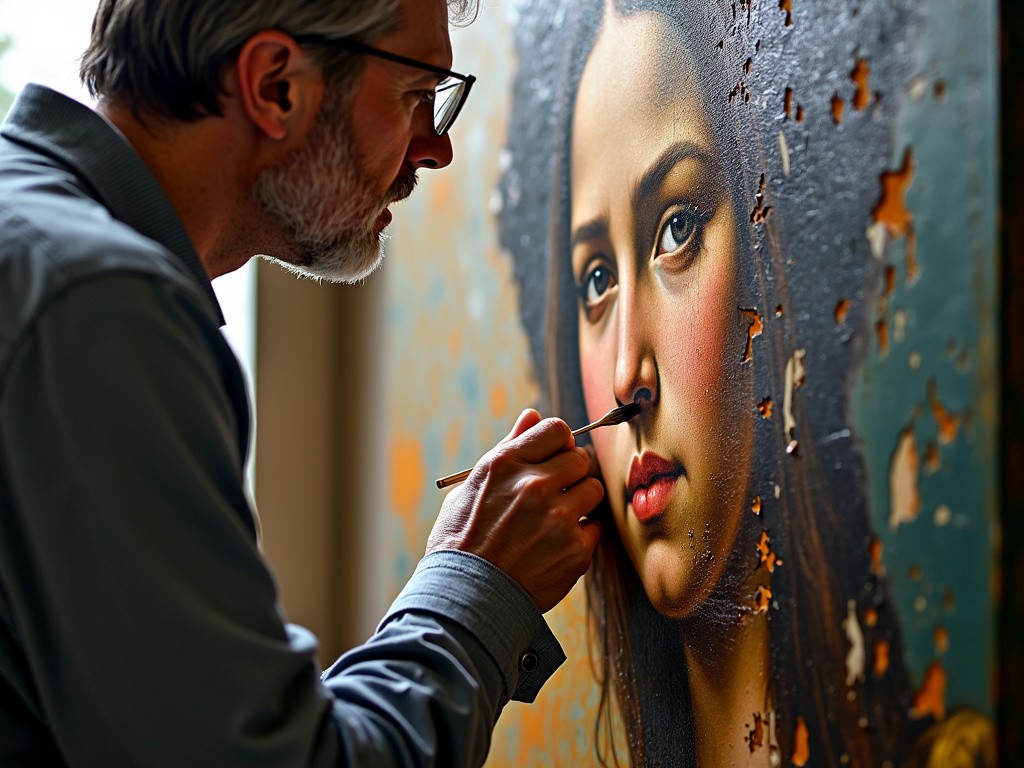
Virtual Reality Tour of the Louvre Museum in Paris
In the heart of Paris, where the Seine gently flows and history whispers from every corner, stands the majestic Louvre Museum. For centuries, this architectural marvel has been a beacon of art and culture, drawing millions of visitors each year to marvel at its unparalleled collection. But what if you could step inside this treasure trove of human creativity without leaving your home? Welcome to the future of art appreciation: the virtual reality tour of the Louvre.
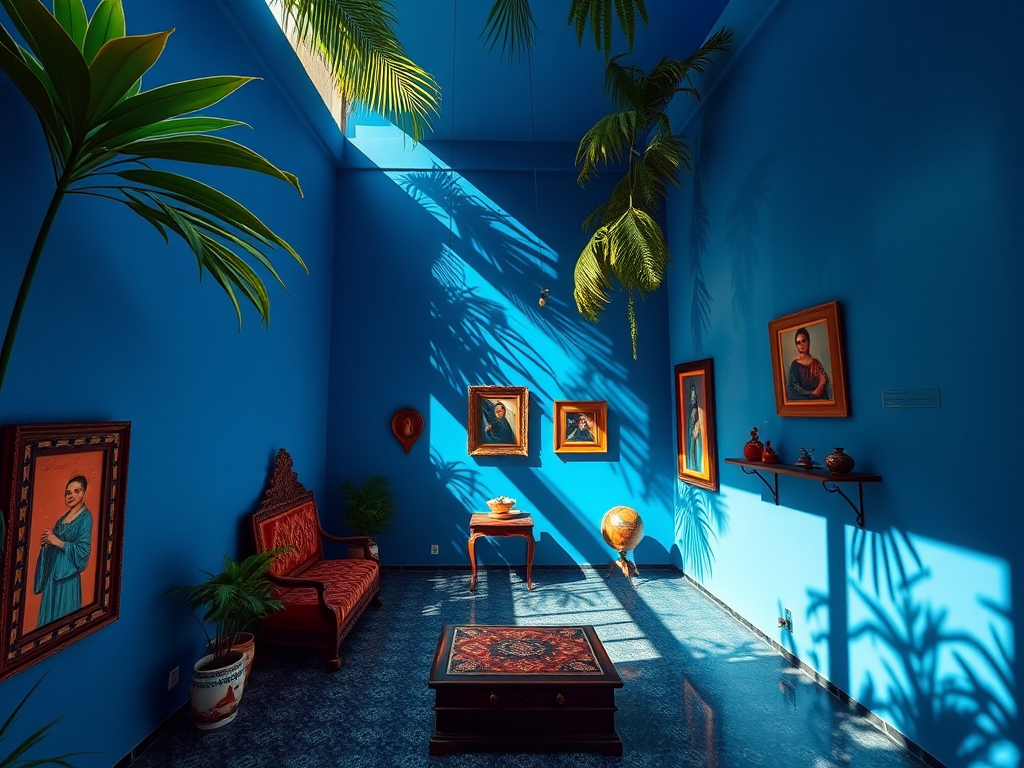
Encountering Art at the Louvre: An Art History Expert's Guide to the Museum's Top Three Treasures
Explores diverse museum tour experiences including professional guided visits, private group tours, virtual museum exploration, and customized itineraries, featuring art historian interpretations and curator-led tours for unique museum visiting experiences
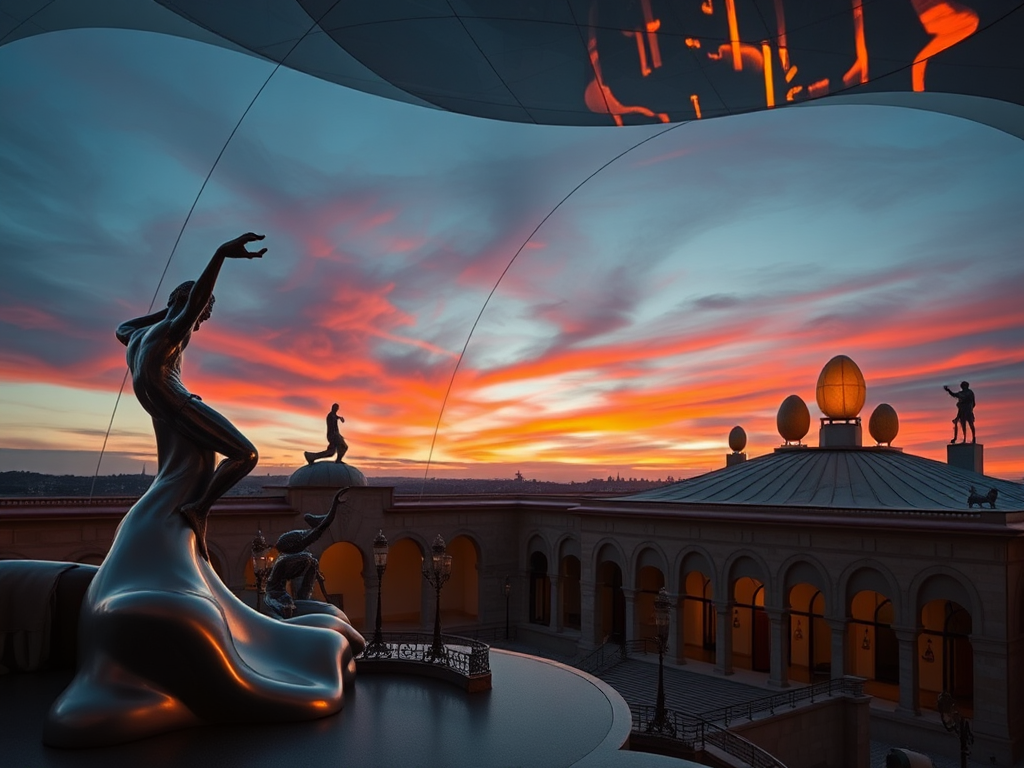
Customized Museum Tours: In-depth Sharing and Practical Insights from a Professional Guide
A comprehensive guide to various museum tour experiences, including professional guided visits, customized museum journeys, curator-led themed tours, and virtual museum exhibitions, offering art and culture enthusiasts diverse ways to explore world-renowned museums

